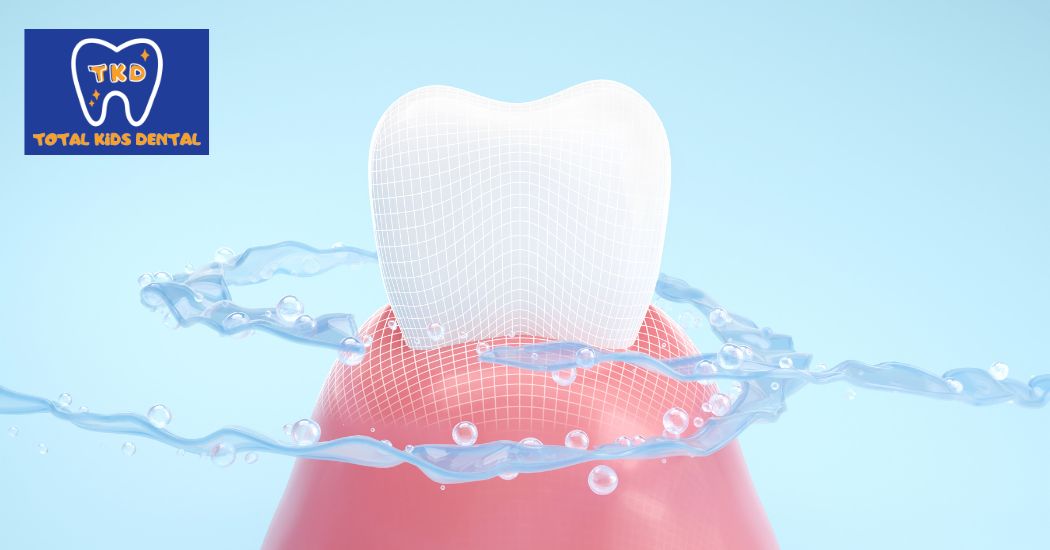
The Ultimate Guide to Proper Teeth Cleaning: Techniques and Tools for a Healthy Smile
There’s nothing quite like the feeling of clean, healthy teeth. It’s that boost of confidence, the way your smile lights up a room, or simply how fresh your mouth feels throughout the day. But caring for your teeth goes beyond quick brushing in the morning. With the right techniques and tools, that fresh, just-brushed feeling can last longer and do more to protect your smile.
Master the Basics of Brushing
Brushing your teeth might be second nature, but doing it the right way can make all the difference. For starters, are you brushing for two full minutes? Most people fall short of this recommendation, but it’s key for thoroughly cleaning every surface of your teeth.
Pick the Right Toothbrush
Choose a toothbrush with soft bristles to protect your enamel and gums from damage. Electric toothbrushes are an excellent option because they can remove more plaque than manual ones, plus many come with built-in timers to ensure you’re brushing long enough.
Use the Right Technique
Hold your toothbrush at a 45-degree angle to your gums and use gentle, circular motions. Don’t forget to brush the back of your teeth, your tongue, and along your gumline—that’s where plaque loves to hide!
How Often Should You Replace Your Toothbrush?
Swap out your toothbrush (or toothbrush head for electric models) every three to four months, or sooner if the bristles are frayed. Worn-out bristles just can’t do the job properly.
Don’t Skip Flossing
Even the best toothbrush can’t reach every nook and cranny, and that’s where flossing comes in. Flossing gets between teeth and under the gumline to remove food particles and plaque that brushing misses.
Tips for Easier Flossing
If you’re not a fan of traditional string floss, try alternatives like floss picks or water flossers. Water flossers are especially great if you have braces or other dental work that makes flossing tricky.
When Should You Floss?
Flossing once a day is usually enough. Many people prefer to floss at night to remove any debris from the day’s meals, giving you a truly clean slate before bed.
Mouthwash and Beyond
Mouthwash is more than just a finishing touch. Depending on the type you choose, it can freshen your breath, fight cavities, reduce plaque, and even protect against gum disease. Look for one with fluoride to strengthen your teeth and reduce your risk of decay.
Don’t Forget Your Diet
What you eat plays a big role in your oral health, too. Crunchy fruits and veggies like apples and carrots can act like natural toothbrushes, scrubbing away plaque. On the other hand, sugary snacks and acidic drinks can erode your enamel and leave your teeth vulnerable to cavities.
Professional Cleanings Are Key
Even with the best at-home care, your teeth need some professional attention, too. Regular dental checkups and cleanings remove stubborn plaque and tartar, catching issues before they become serious. Dentists also check for early signs of problems, like cavities or gum disease, that you might not notice on your own.
How Often Should You See the Dentist?
Most people benefit from a checkup every six months, but your dentist might recommend a different schedule based on your individual needs.
Good oral hygiene doesn’t stop at brushing and flossing. It’s a lifelong commitment to caring for your teeth and gums. And while daily habits are crucial, having a trusted dental professional by your side makes all the difference.
Your Healthy Smile Starts Here
Your smile deserves pampering, and we’re here to help. Call (602) 610-0338 today to schedule a cleaning or consultation. Together, we’ll keep your teeth healthy, your smile bright, and your confidence soaring!

